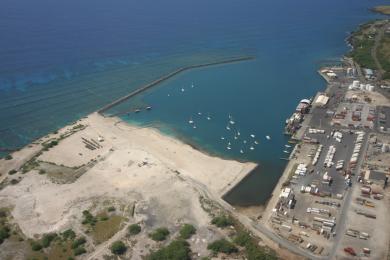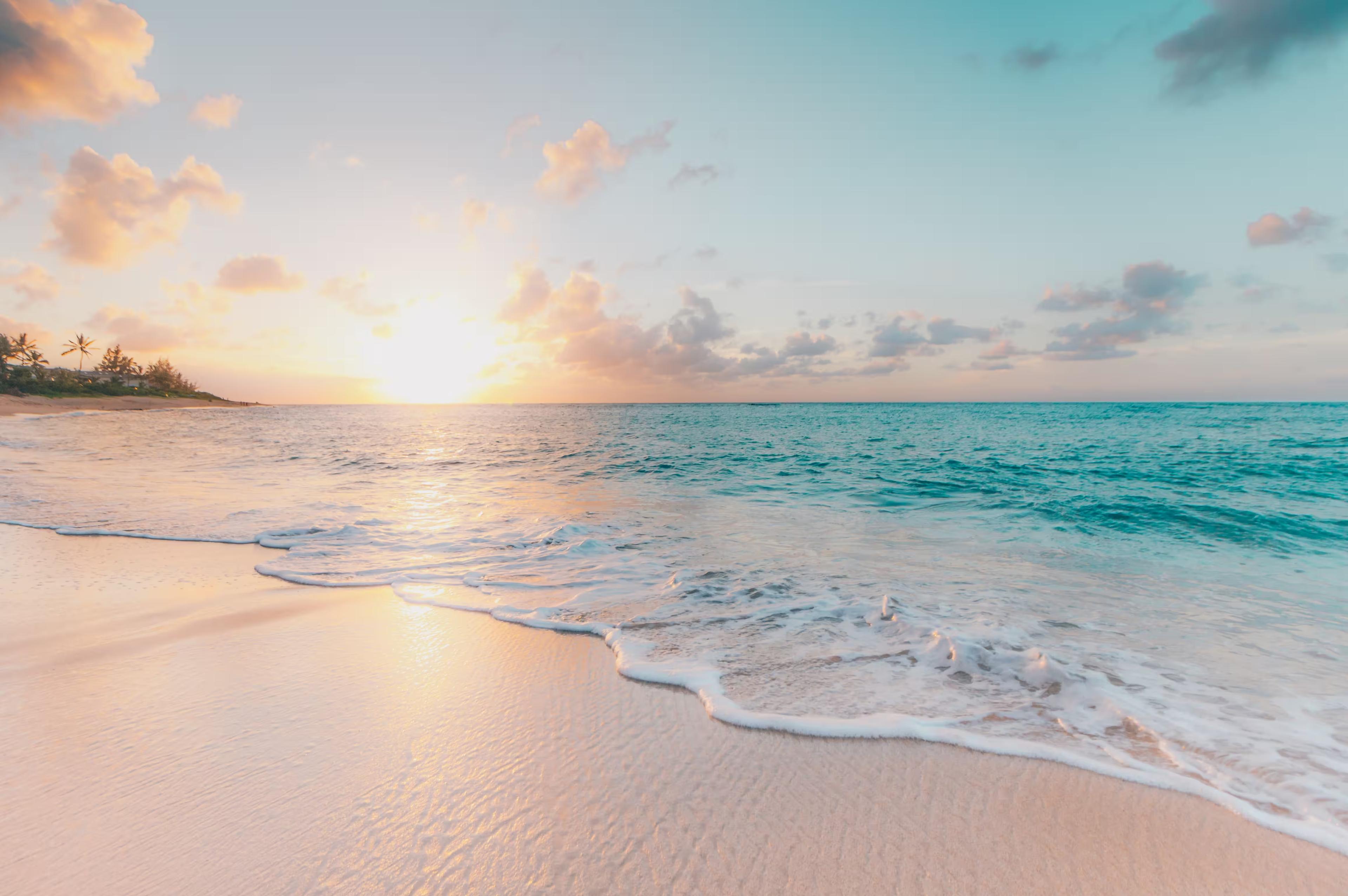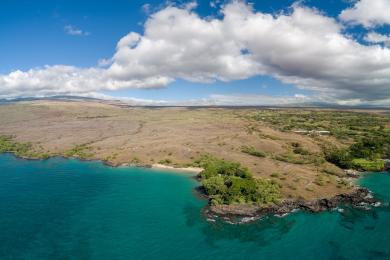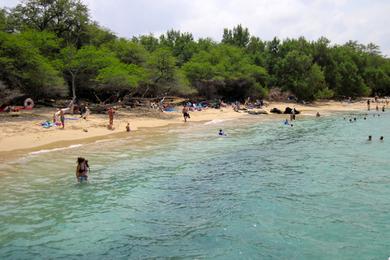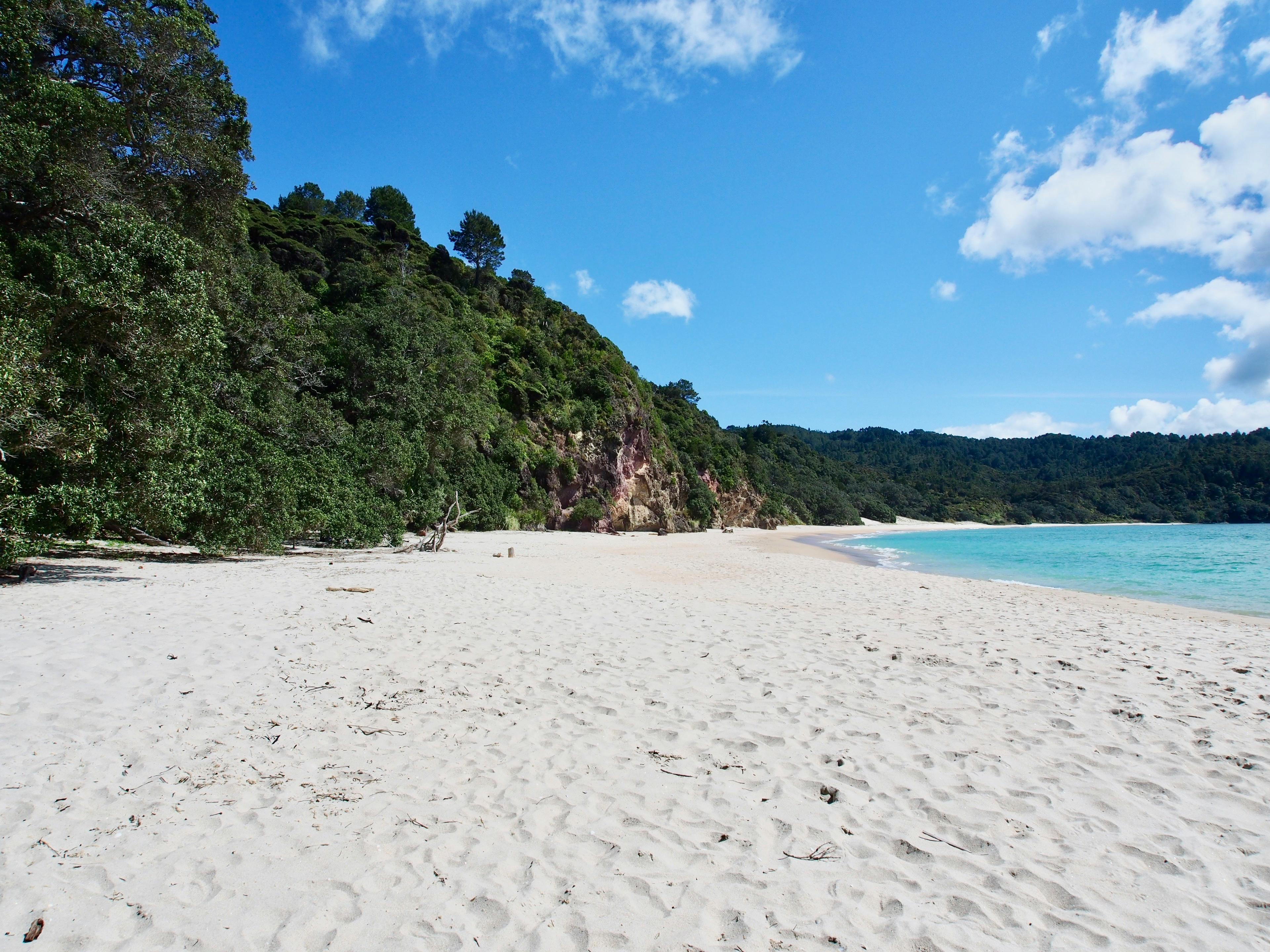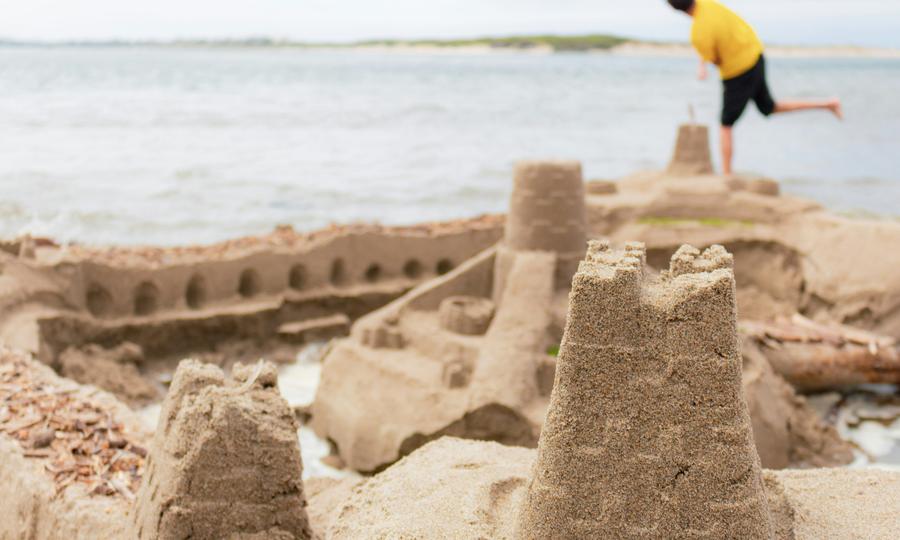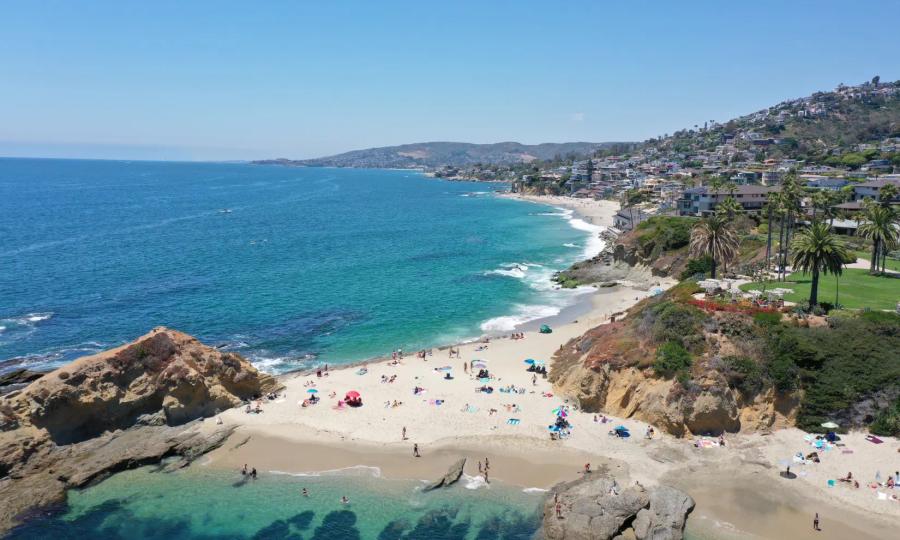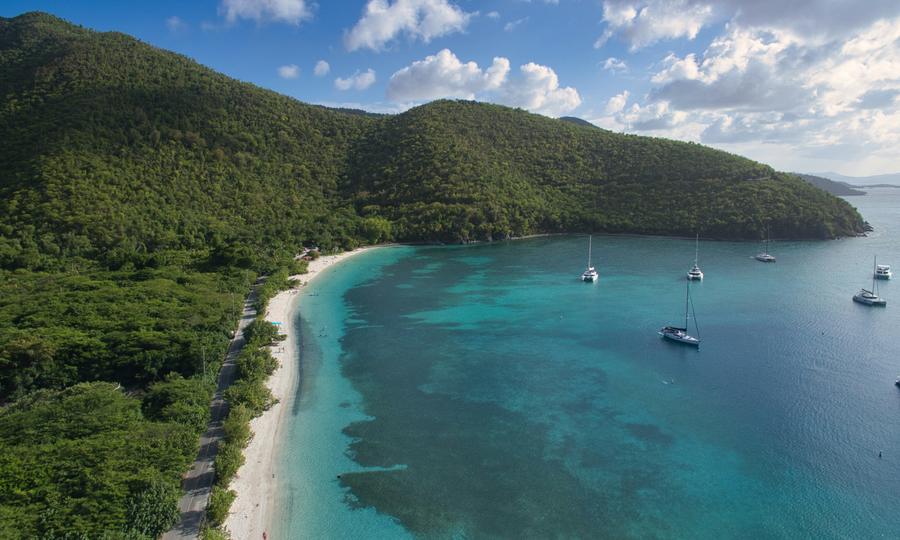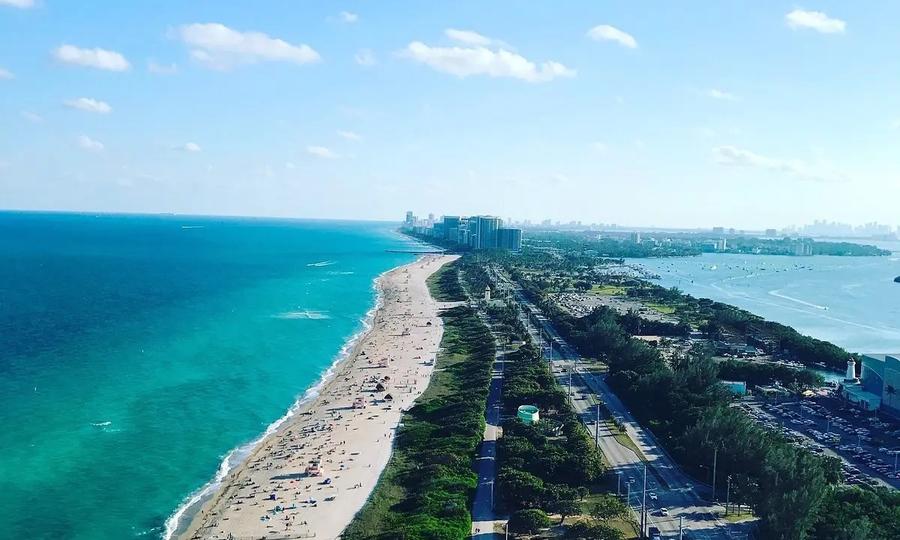Located on the northwestern shore of the Kohala Coast on the Big Island, Kawaihae Harbor has a small beach with beige sand. Kawaihae Harbor is situated on the shores of Kawaihae Bay and offers Instagram-worthy views of Mauna Kea Volcano and Mauna Loa Volcano, especially during sunset. The name "Kawaihae" means "Water-of-Wrath" in the Hawaiian language and is a reference to the battles over the life-giving [R1] waters of one of the springs in the area. In the 19th century, Kawaihae Harbor was a busy whaling and trading port and was also the place where ships brought the first horses and cattle to Hawaii. In the late 1950s, the US Army Corps of Engineers expanded the Kawaihae Harbor into a deep-draft harbor (authorized to be constructed to a depth of more than 45 feet) and widened its entrance channel and basin to accommodate more ships. As a result, the coral reef that posed a threat to ships was cut and scraped, and the material dredged from the reef was utilized to build a landfill on top of which port facilities were constructed, and the town of Kawaihae lost access to the beach. Fortunately, over time, the harbor was used and shared by the DOT, DLNR, the US military, private boat tour operators, and the general public. Today, Kawaihae Harbor is one of the largest and second busiest ports in Hawaii and is a major center for shipping raw sugar. Kawaihae Harbor has a fuel depot, mooring areas, a shipping terminal, and a military landing site. The State of Hawaii Department of Transportation Harbor Division has announced a new Commercial Harbor Master Plan 2035 to construct a new pier in place of the beach. Due to this, recreational users will be limited only to the Kawaihae South Small Boat Harbor and Pelekane Bay in the future. Interestingly, this location has been used to film some sequences of the Hollywood film Waterworld. In addition, there is a famous Hawaiian temple, Puʻukoholā Heiau, built by King Kamehameha I in 1791, which is located just south of Kawaihae Harbor. It is listed on the National Register of Historical Places, but entry to the public is restricted here.






